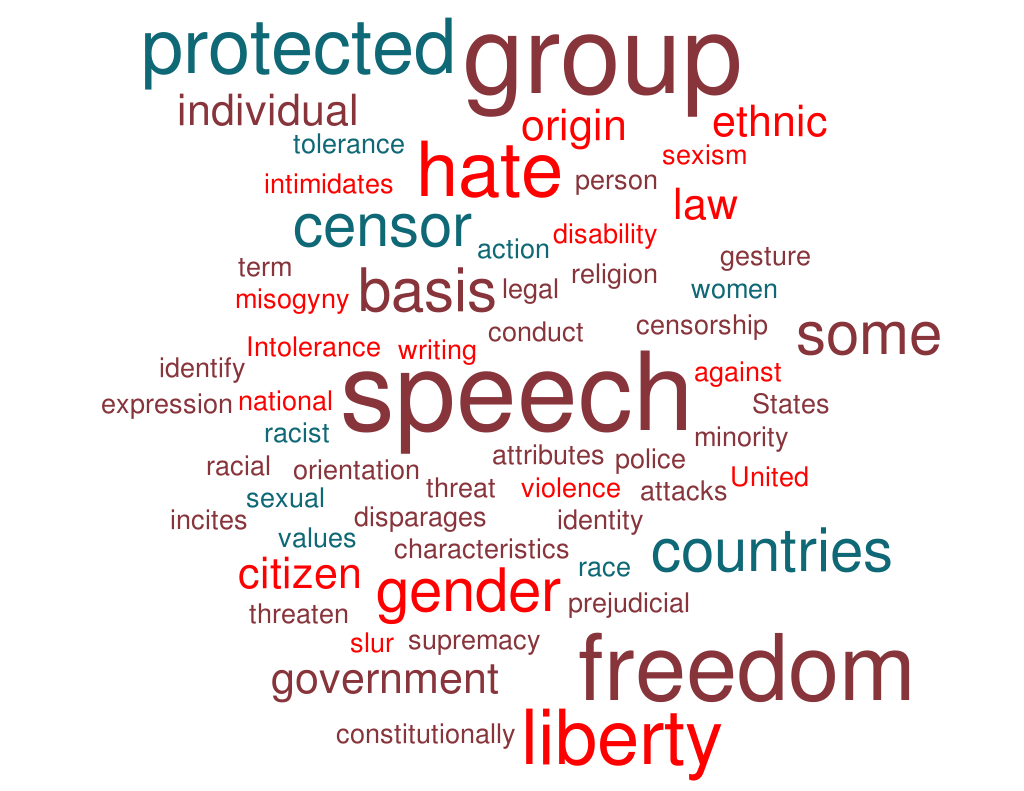Should the government control, even ban, speech that “incites religious and ethnic hatred”? Many governments in Europe do: they have not only criminalized hate speech, they are actively prosecuting – and occasionally convicting – artists, curators, and writers accused of stirring anti-Muslim, anti-Semitic or anti-Christian hatred.
In the U.S. things are different. The drafters of the U.S. Constitution, haunted by fresh memories of religious intolerance, were uncomfortable with the idea of governmental control of expression, whether political or religious. Thus, the First Amendment protects, among other types of expression, speech that might offend particular groups.
The only exception is when hateful speech constitutes a direct threat. The creators of the Nuremberg Files, an anti-abortion website, for instance, claimed that their site, which featured a list of names and addresses of physicians (the names of those who were killed by anti-abortion zealots had a line struck through them), was entitled to free speech protections. Nevertheless, in 2002, the Ninth Circuit Court of Appeals ruled that the website’s contents constituted illegal threats, not free speech.
Most initiatives to repress “hateful” or “offensive” material in the United States do not call for the wholesale withdrawal of First Amendment protections. Instead, they demand respect and sensitivity to the feelings of religious, racial or ethnic groups, among others. Calls to remove books from curricula and school libraries because of offensive words happen almost daily. Bias and sensitivity reviews are routine in the production of textbooks as well as in standardized testing.
However, censoring disturbing or even offensive speech, especially in art and literature, often violates not only the intentions or spirit of the speaker or writer, but suggests a perhaps willful lack of understanding of language itself: the ambiguity of words and images, as well as the role of context in determining meaning. What some view as an assault on religious symbols or historical sacred cows, others regard as a criticism of the commercial uses of faith, a multicultural expansion of religious iconology, or an inquiry into how consumer society deals with the traumas of the past. Some words and images may hurt—no matter how they are used—because they are deeply rooted in the scars and unhealed wounds of history and social discord. Banning them, unfortunately, is not likely to erase the pain of historical reality.


